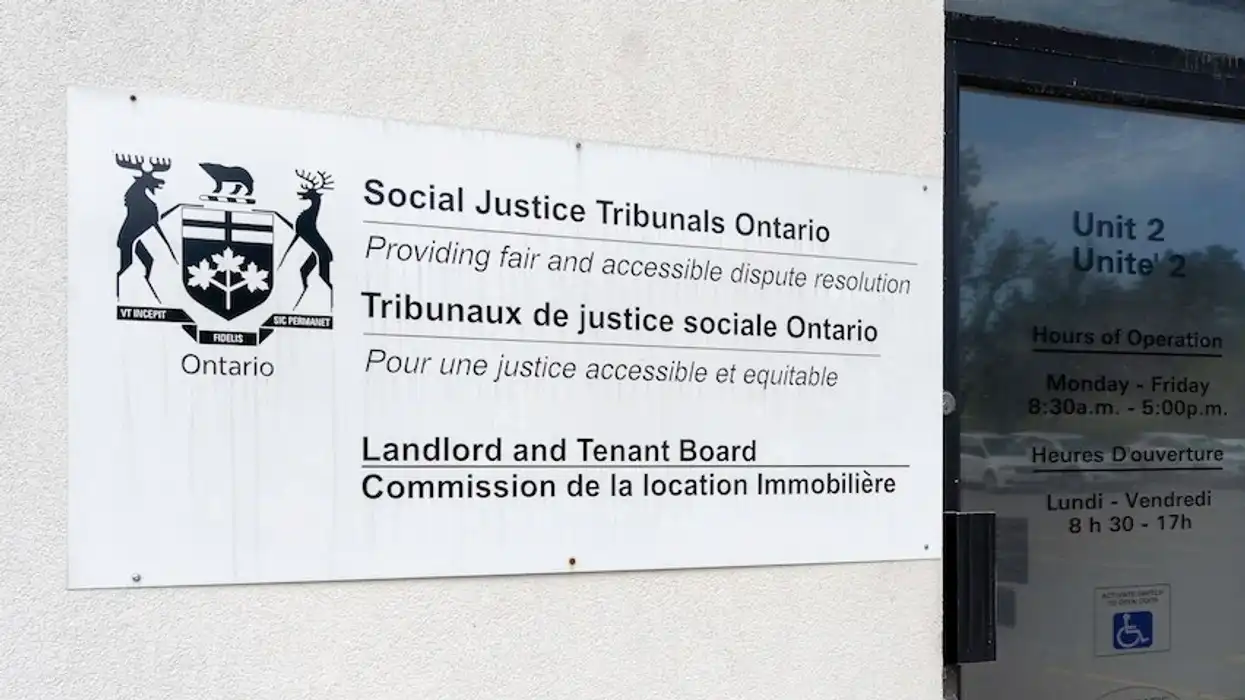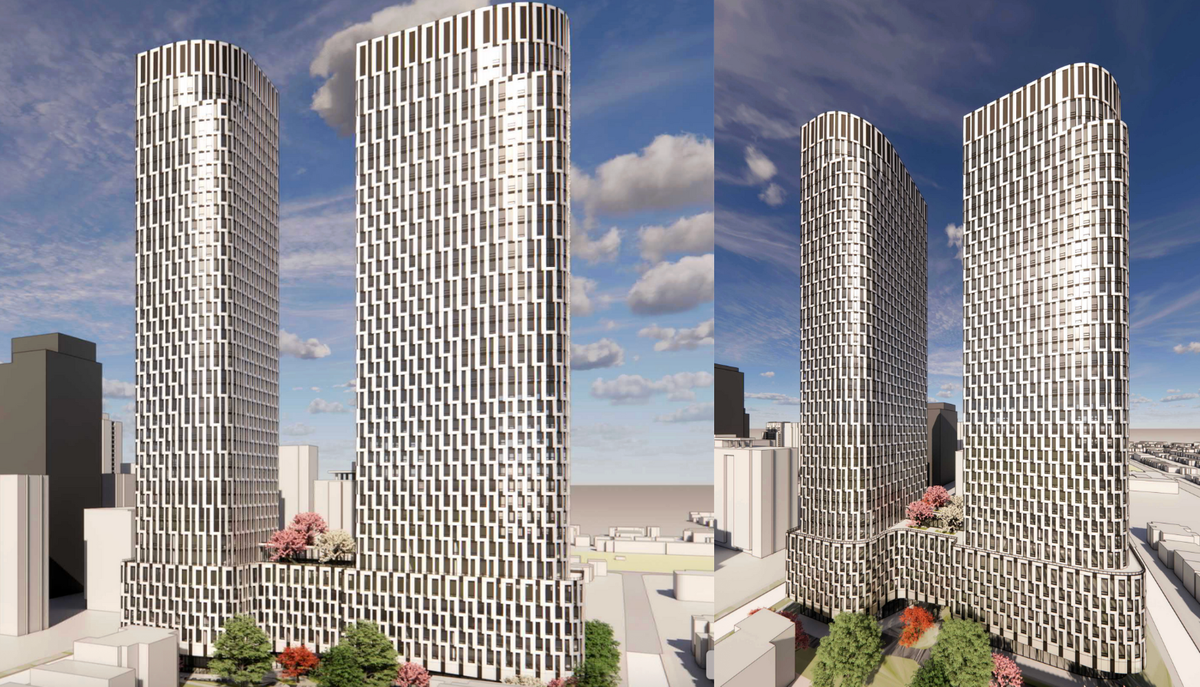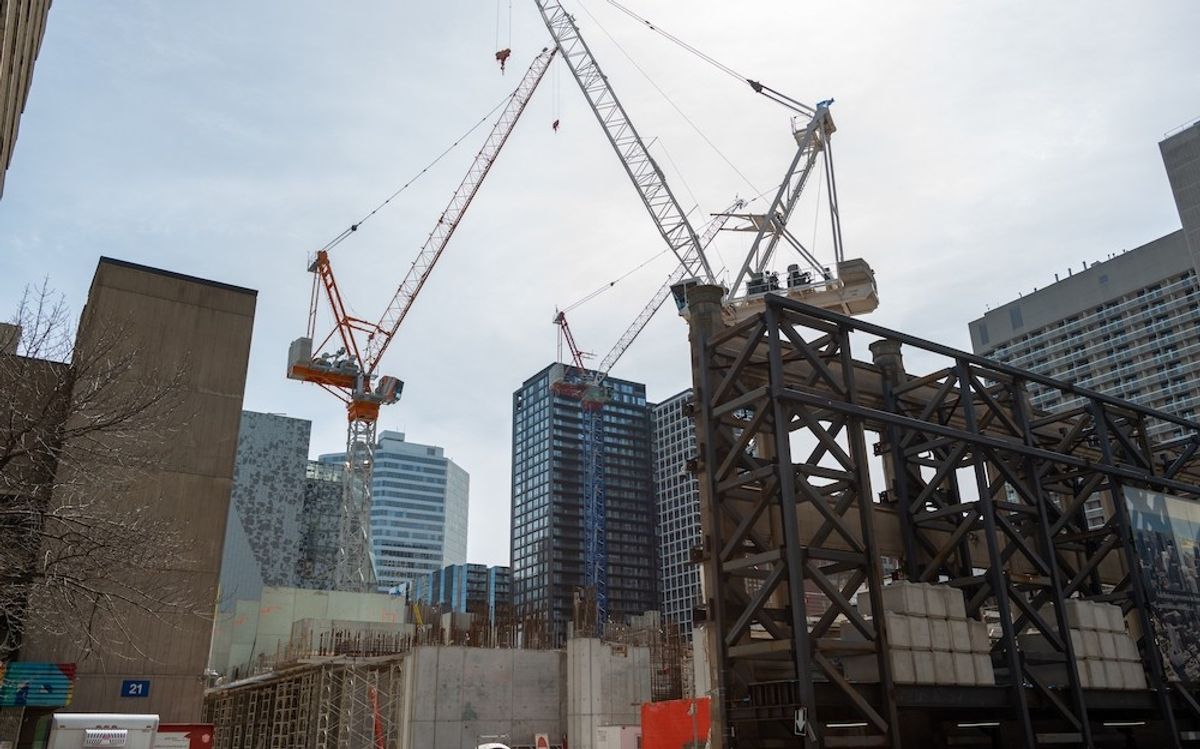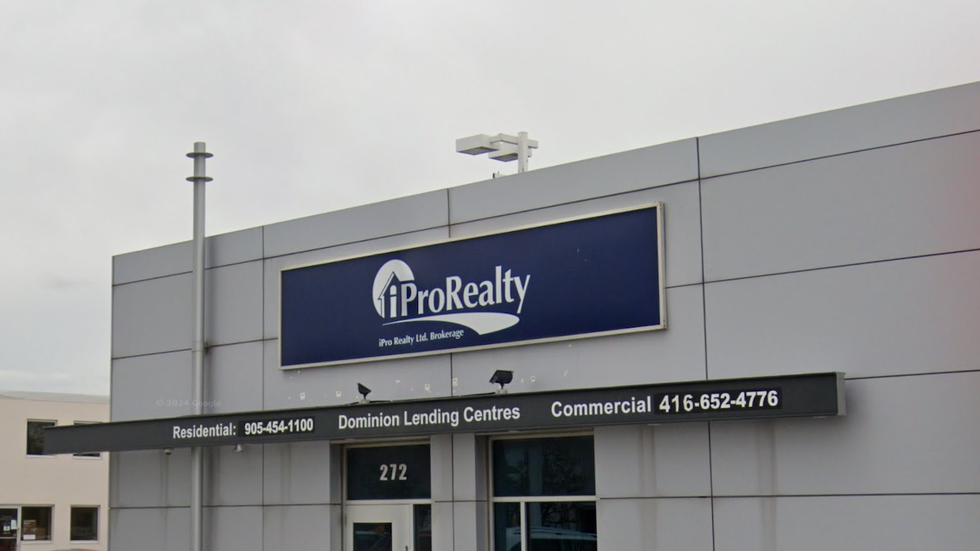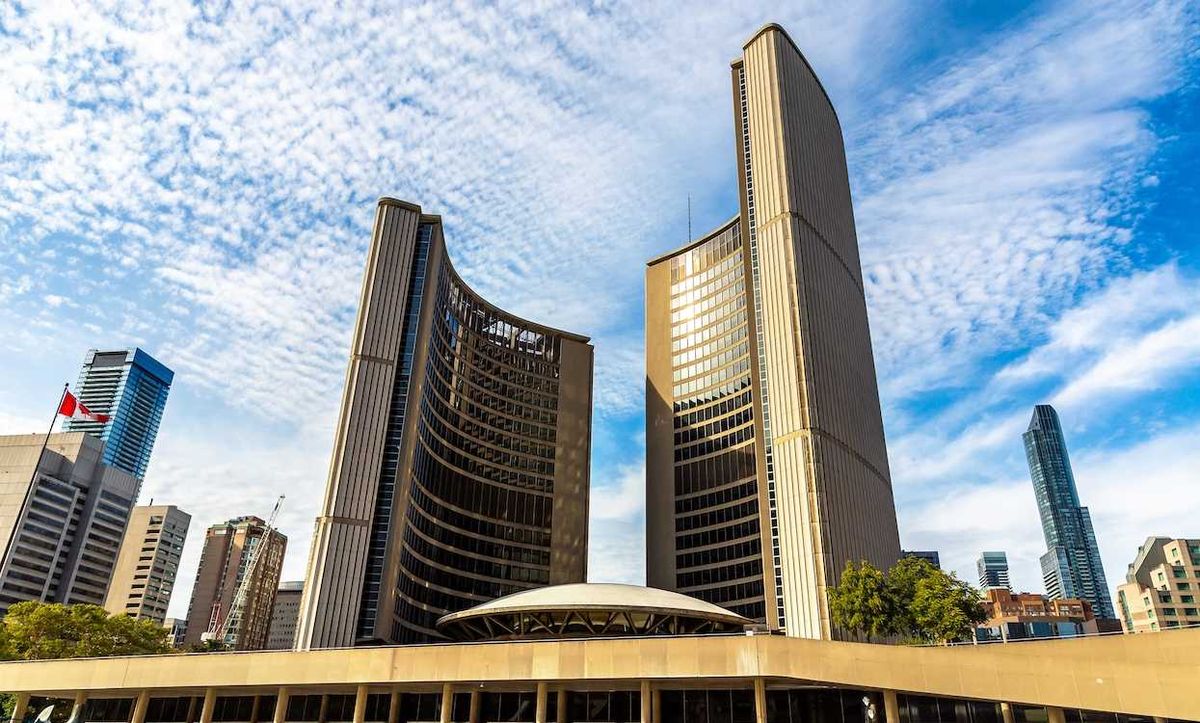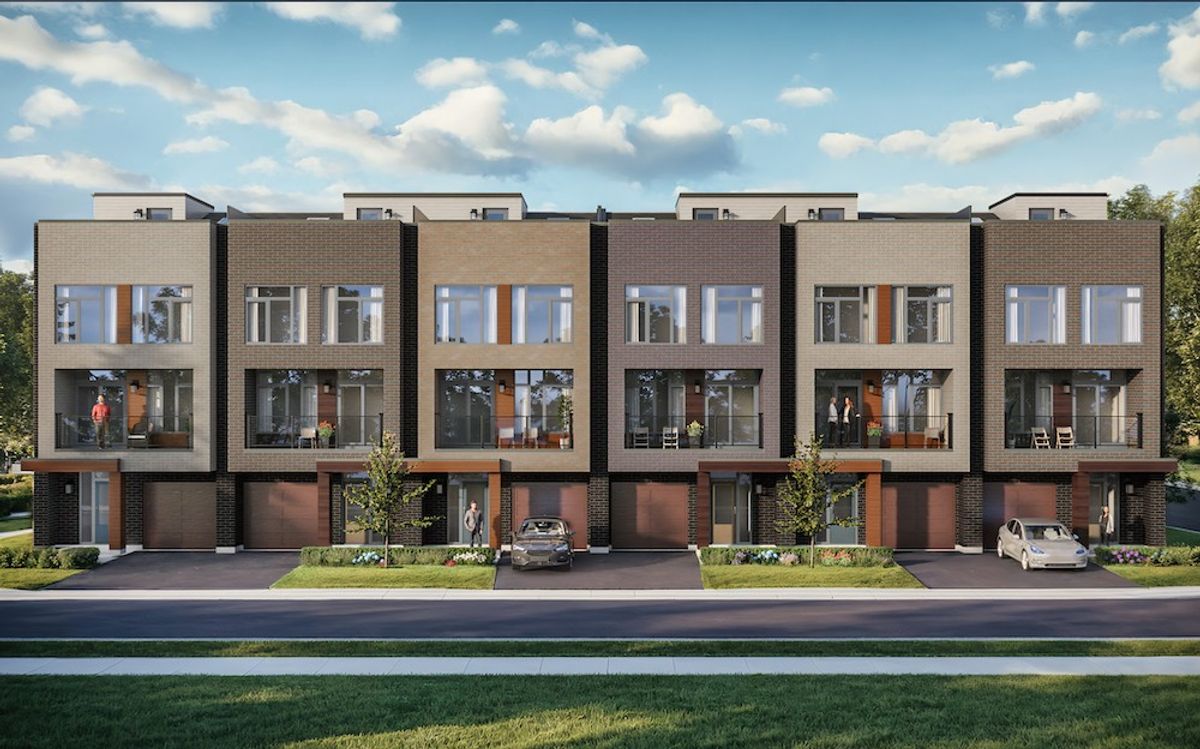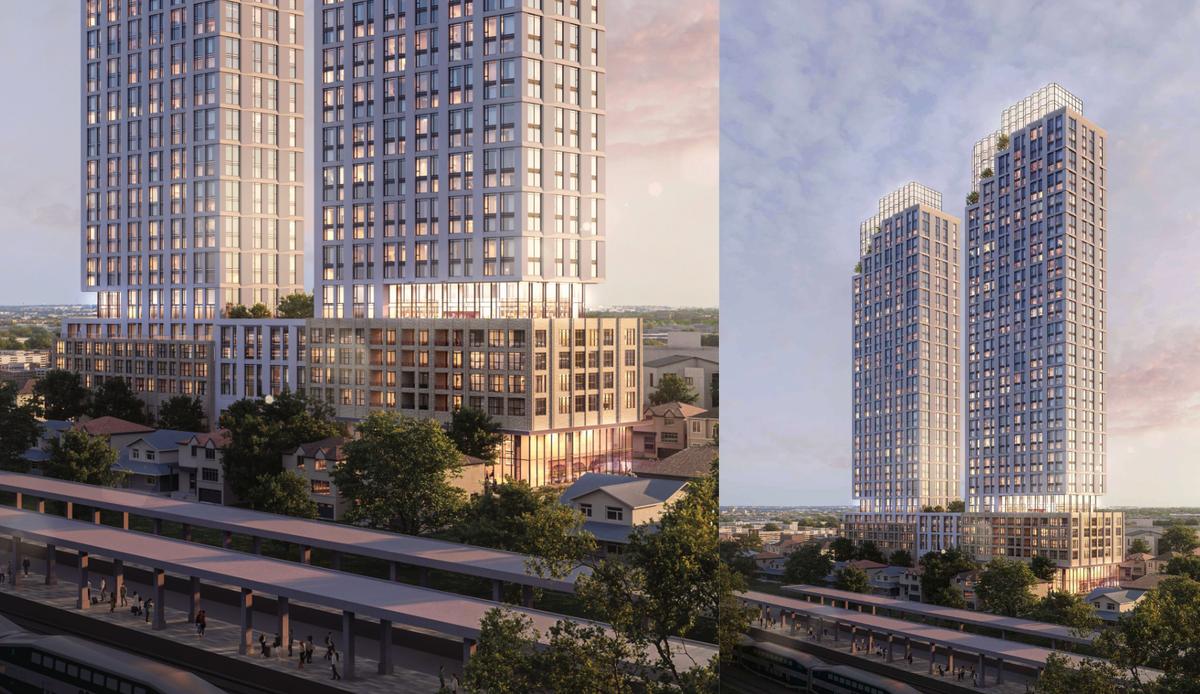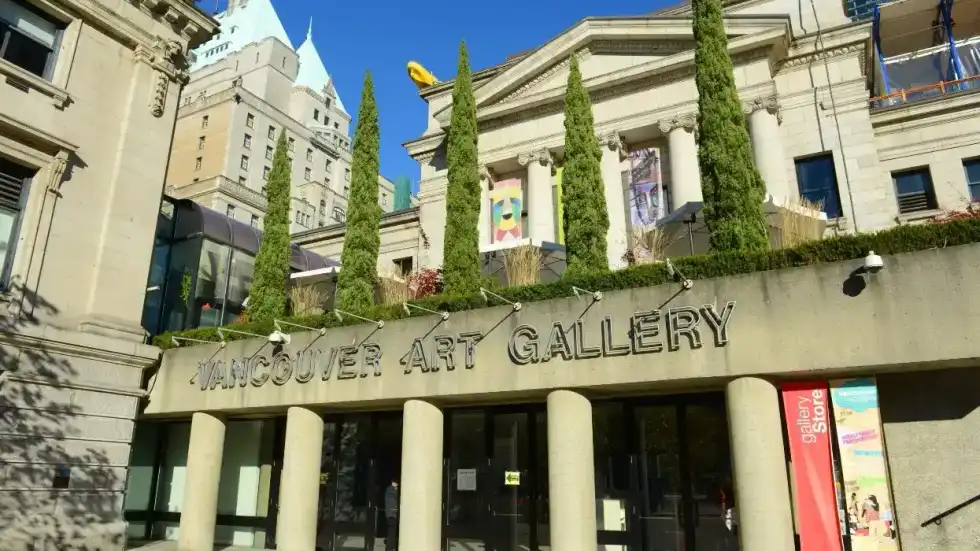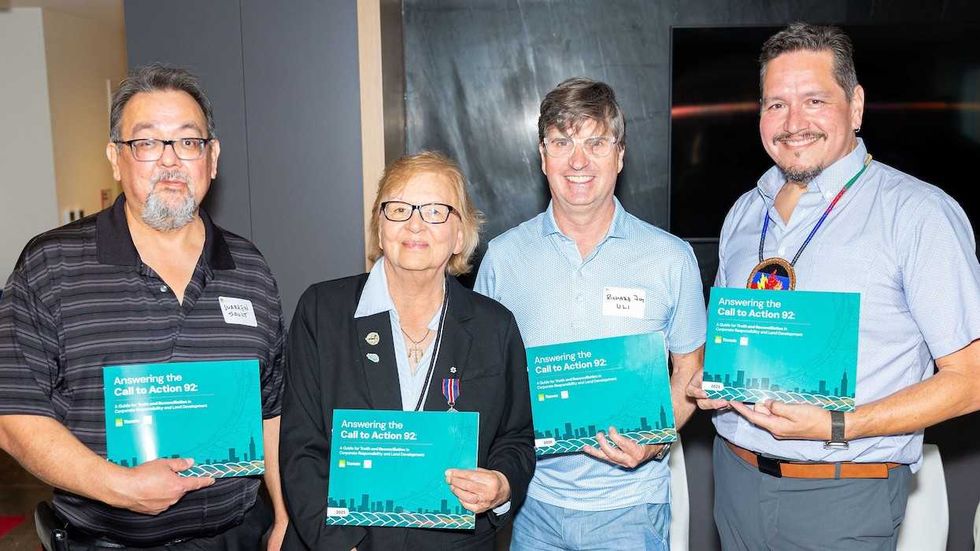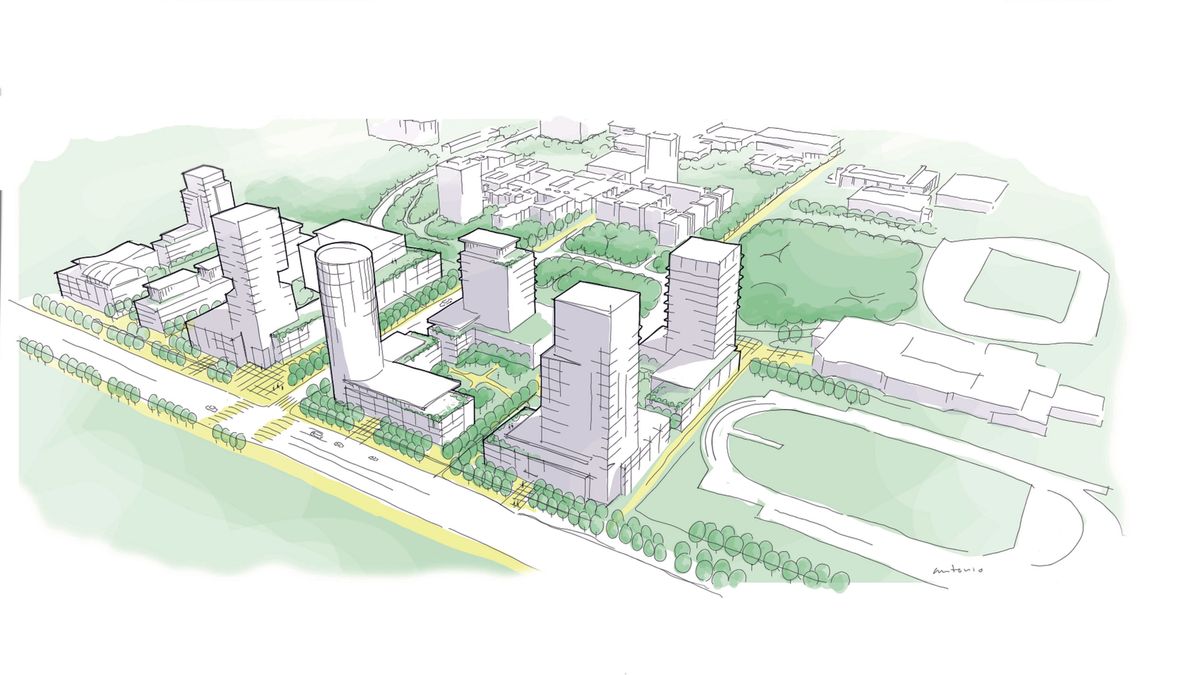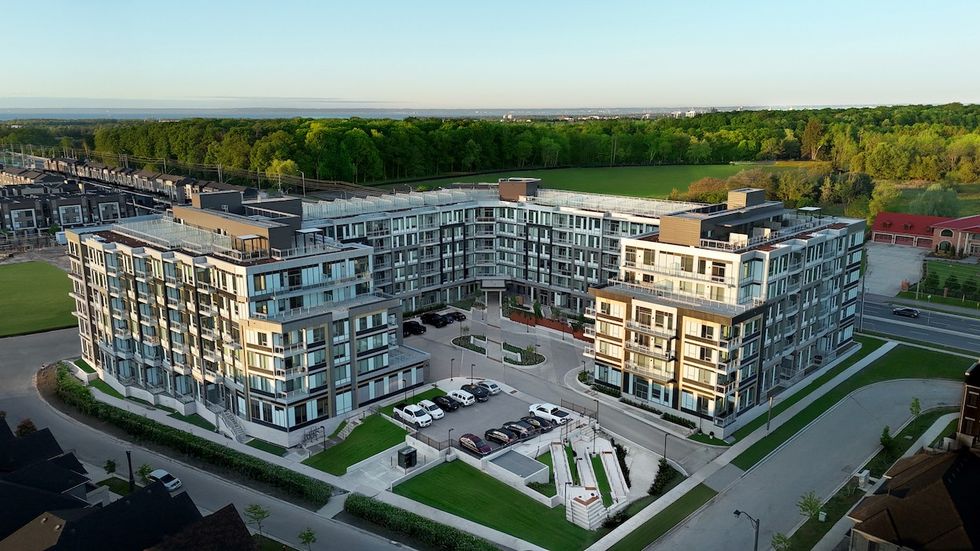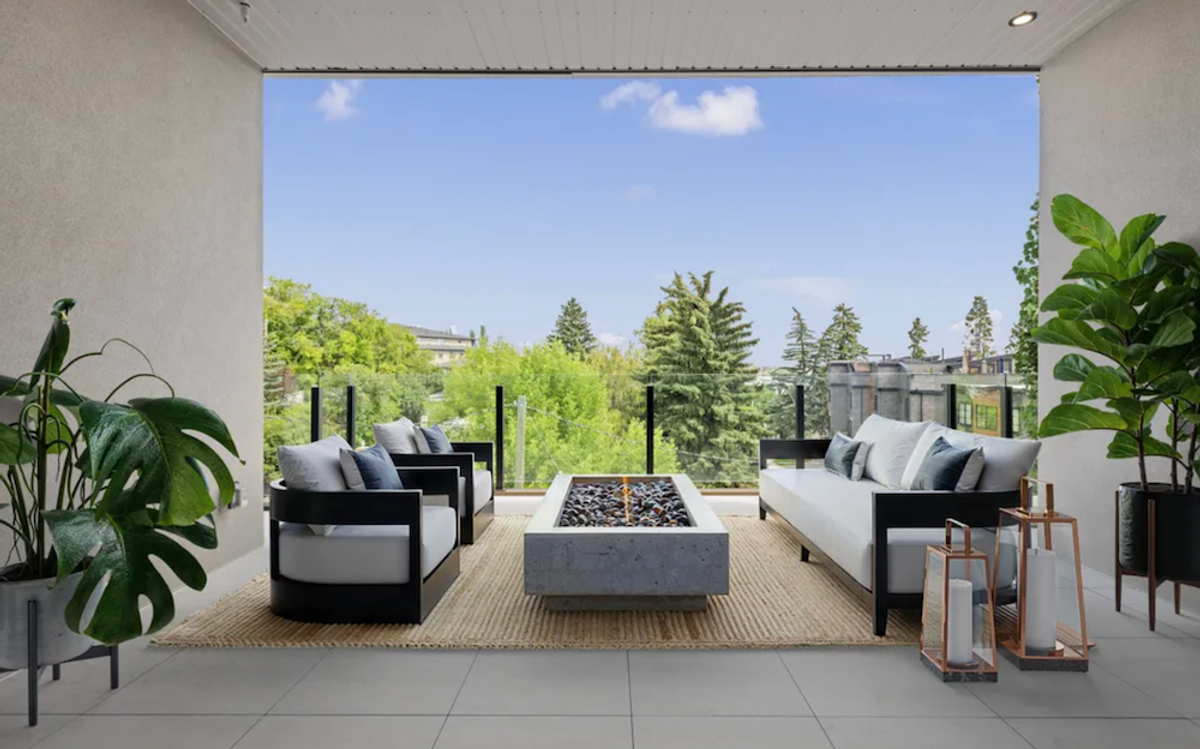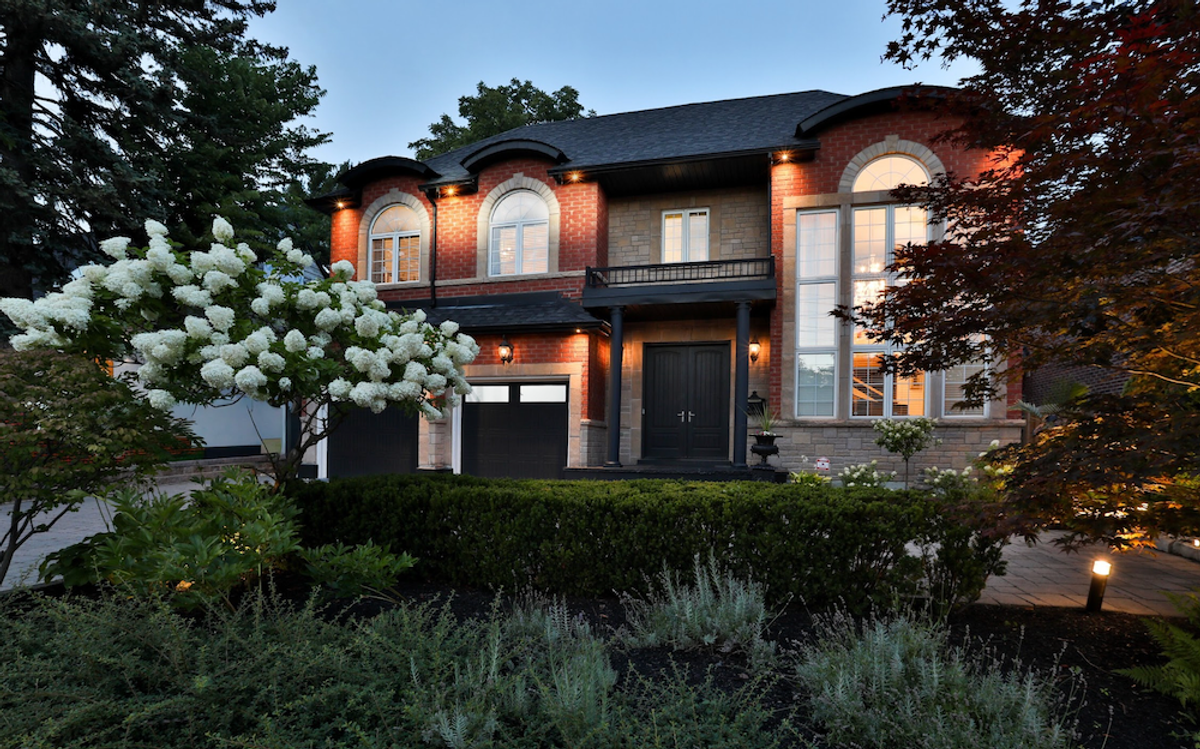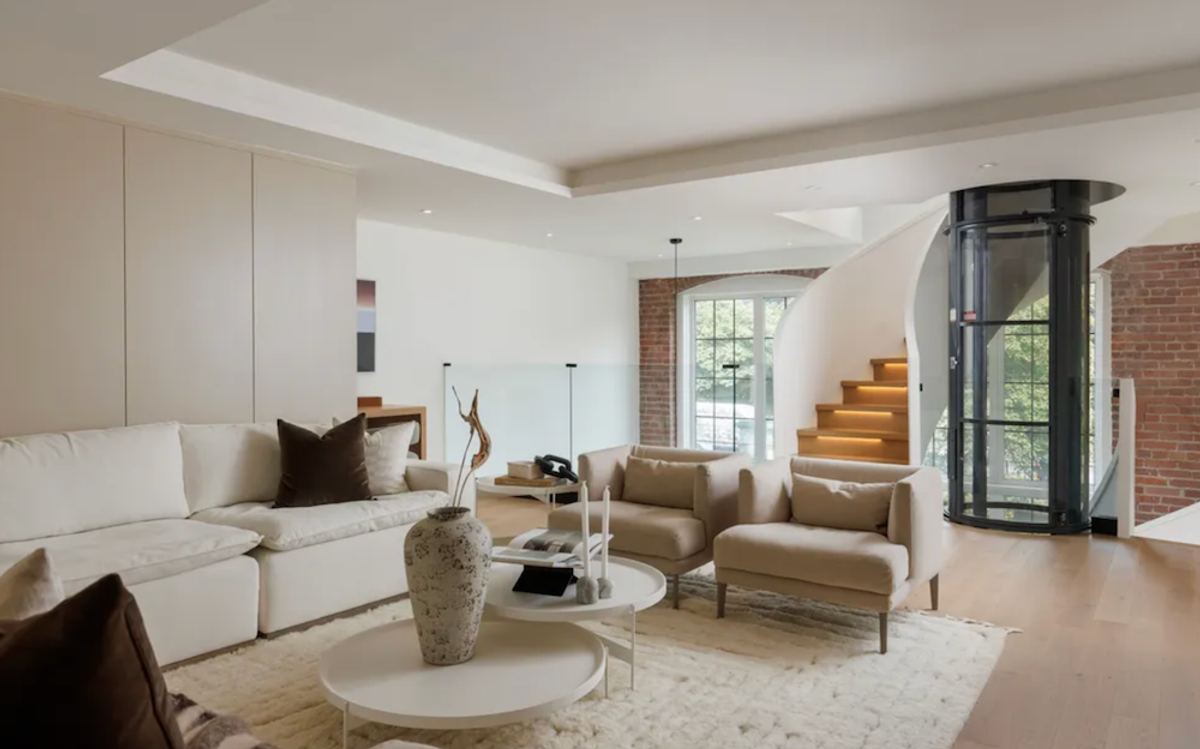Ontario’s Landlord and Tenant Board (LTB) is contesting claims that they have over 53,000 cases waiting in the wings — a figure that has been cited in recent weeks by media and even the Toronto Regional Real Estate Board (TRREB). Media spokesperson with Tribunals Ontario Janet Deline explains that that figure was accurate at the end of the 2022-2023 fiscal year, but has improved by almost 20% over the last 12 months.
Deline also shares that the LTB is on track to resolve more than 100,000 cases by the end of 2024, which would be the highest number of cases resolved in a year in the Board’s history. Between January and October of this year, 91,125 cases have been resolved.
As far as the LTB’s ‘nightmarish’ backlog from a few years ago is concerned, you could view these numbers as marked improvements. But there's no dancing around that the LTB is facing a backlog nonetheless. In fact, it received 84,090 applications in 2023 alone, a 31% influx, according to Deline. “This is the second-highest number of applications that the LTB has received in a year since its creation,” she says.
Still, a few rounds of provincial funding — $1.4M announced in November 2022, and another $6.5M announced in April 2023 — have allowed the LTB to bring on 54 full-time and 35 part-time adjudicators since May 2023, and that has helped bring wait times down from what they were in 2022: eight to ten months on average (two years, in some cases). Now, Deline says, on average, “urgent matters” are being heard within five to six weeks, while L1 and L9 applications (applications for non-payment of rent) are being heard in three months. All other application types are allegedly being heard, on average, within five to seven months.
Those “urgent matters” notwithstanding, tenants fall into the latter category of five to seven month wait times.
‘Digital-First’ Contributing To Backlog
Based on what he’s hearing anecdotally from tenants, Director of Advocacy and Legal Services at the Advocacy Centre for Tenants Ontario (ACTO), Douglas Kwan, tells STOREYS that wait-times have “generally” improved. “But it's not surprising in the sense that they're using far more adjudicators to do the same job that, once, they were able to do with a third of the number of adjudicators they have today,” he adds.
Although it may seem so at first blush, more adjudicators haven’t necessarily equated to more efficiency. In fact, says Kwan, they’re a bandaid on a problem that stems from the LTB’s ‘digital-first’ initiative, which was introduced (understandably) during the pandemic. In November 2020, it was revealed that the LTB would be sticking to digital-first hearings "indefinitely” (although in-person hearings are still possible for “approved accommodation-based requests”).
“They've really centred all of their services through a virtual portal and are not allowing other modes of communication or access, and that is creating a pileup,” Kwan explains. “These virtual hearing blocks are primarily run by the adjudicator themselves, so they're extremely busy. […] They're doing the job of multiple staff persons; they're doing the mediator’s job, they're doing the Commissioners’ job to try and organize the parties, getting them signed in, while the hearing is going on.”
Citing the Tribunal Ontario’s 2023-24 Annual Report (which isn’t yet available to the public), Kwan points out that with 134 adjudicators, around 88,300 cases were resolved. “What that means is that only 659 cases were resolved per adjudicator,” he adds. Meanwhile, the 2018-19 version of the same report shows 53 adjudicators and around 79,500 resolved cases. “So they were able to process 1500 cases per adjudicator.”
“A Flawed Model”
“There are a lot of people at Tribunals Ontario and [the] Landlord and Tenant Board who are trying to do their best to alleviate and improve the backlog,” Kwan acknowledges, “and I hear what the LTB is saying — things have improved, absolutely — but when you're working with a flawed model at the outset, you can only do so much work improving the margins, which is what we’re seeing.”
The fact that the LTB, systematically, is in need of an overhaul is not news. In fact, housing advocates have been calling for change for years now. TRREB is in that camp as well. The real estate board put out a report last month in which they honed in on the LTB’s current inefficiencies. Although their reference of 53,000 unresolved cases is allegedly outdated, they appear to be hitting the nail on the head when it comes to how the LTB stands to approve.
The report lays out ten recommendations — “urgent reforms” — to address the delays in the LTB’s system, and off the top is “restoring in-person hearings as a default option while maintaining digital hearings when both parties agree.” Other recommendations outlined in the report include creating a “specialized reduction backlog team” reporting to the Attorney General and focussing on addressing older and urgent cases, ensuring digital tools used by the LTB are “reliable and accessible,” and mandating that hearings and decisions at the LTB happen before the termination date of a tenancy.
In a statement provided to STOREYS, TRREB CEO John DiMichele expressed readiness to “work with the LTB to disseminate information to tenants and rental property owners on the Tribunal’s work to improve its operations,” and that they are already “working closely with the Ford government to reform the LTB and strengthen consumer confidence in the rental housing market.”
TRREB’s report came on the heels of the Province’s Fall 2024 Red Tape Reduction Package which proposes allowing the LTB to overlook small mistakes in applications, such as a wrong unit number or a misspelled name, to help avoid unnecessary refiling of applications, and allowing for the timely reassignment of cases to new adjudicators if the original adjudicator is unable or fails to complete a hearing.
When asked about these reforms, the Tribunals Ontario spokesperson declined to comment.
